Imagine having the ability to watch a movie frame by frame while everyone else sees it at normal speed. This isn’t science fiction – it’s the everyday reality for dragonflies, nature’s most accomplished aerial predators. These ancient insects possess one of the most sophisticated visual systems on Earth, allowing them to perceive time in ways that would make The Matrix’s bullet-time effects look sluggish.
The Ancient Eyes That Rule the Skies
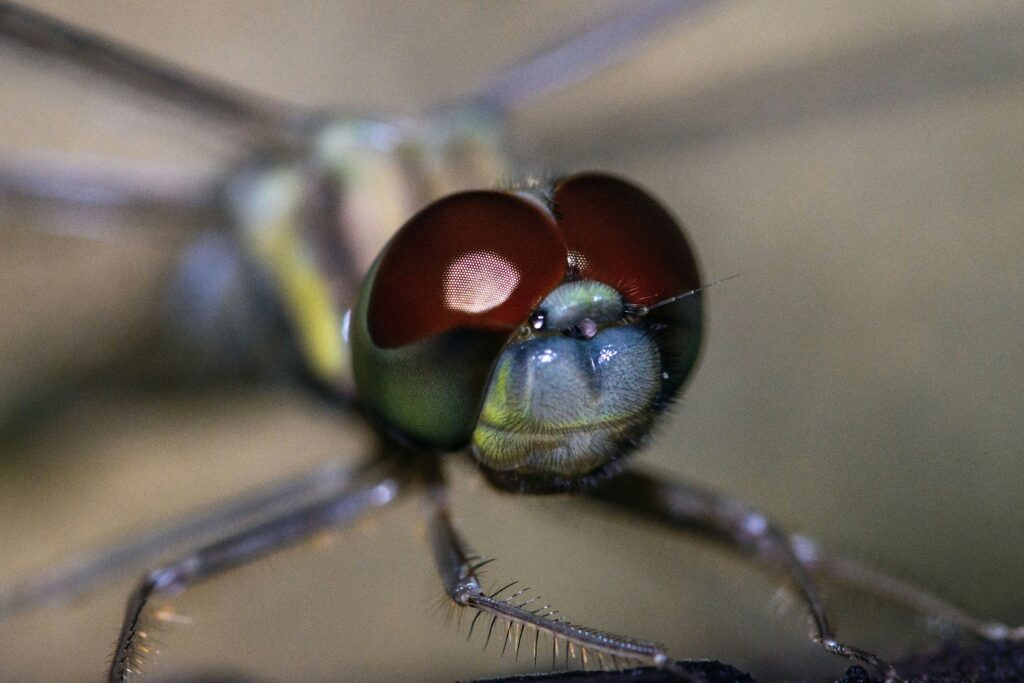
Dragonflies have been perfecting their visual prowess for over 300 million years, making them living fossils with cutting-edge technology. Their compound eyes are evolutionary marvels that dwarf even our most advanced cameras in complexity and performance. Each eye contains up to 30,000 individual lenses called ommatidia, compared to our measly single lens per eye.
These prehistoric hunters can see in nearly every direction simultaneously, with their eyes covering almost their entire head. Unlike humans who have a blind spot directly behind us, dragonflies maintain 360-degree surveillance of their environment. This panoramic vision gives them an almost supernatural awareness of their surroundings that would make any security system jealous.
Compound Eyes: Nature’s High-Definition Display

Think of a dragonfly’s eye as thousands of tiny telescopes working together to create one massive image. Each ommatidium functions like an individual pixel, capturing light and movement from its specific angle. The brain then stitches these thousands of images together to form a complete picture of the world.
What makes this system truly remarkable is its incredible resolution and refresh rate. While humans process visual information at roughly 24 frames per second, dragonflies can process up to 300 frames per second. This means they experience the world in ultra-slow motion, like watching life through a high-speed camera played back in real time.
The compound eye structure also allows dragonflies to detect the slightest movements that would be invisible to us. A mosquito’s wing beat, which appears as a blur to our eyes, shows up as distinct, separate wing strokes to a dragonfly.
The Science Behind Slow-Motion Vision
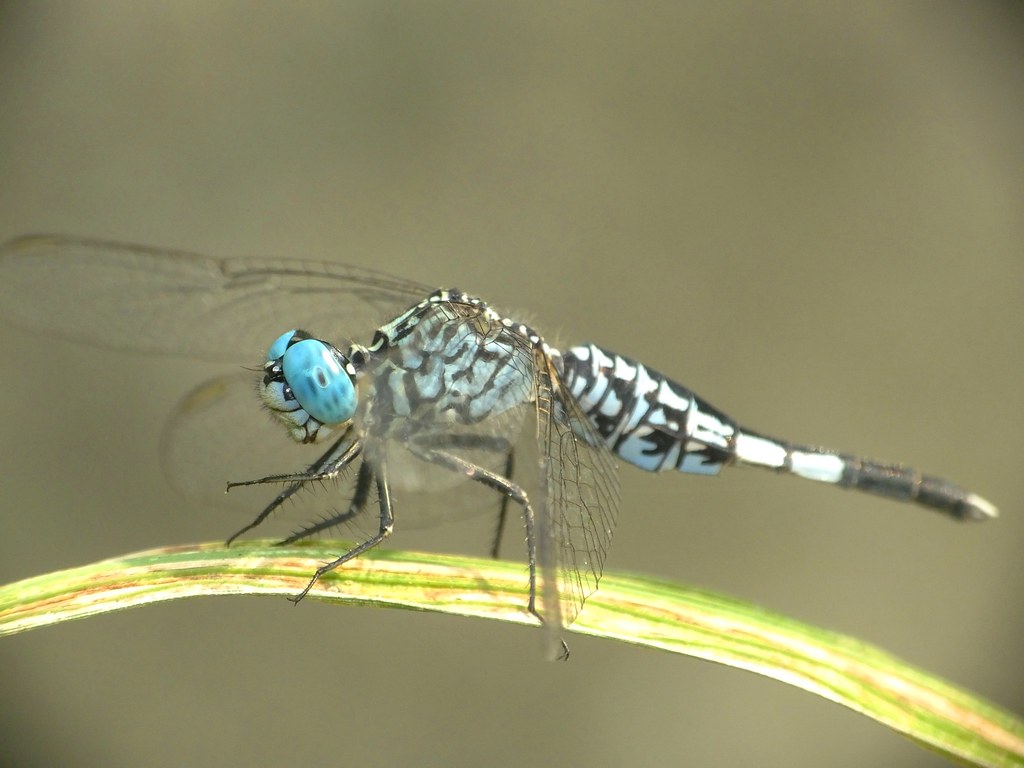
The secret to dragonflies’ slow-motion perception lies in their incredibly fast neural processing speed. Their nervous system can process visual information at lightning speed, allowing them to react to threats and opportunities in milliseconds. This rapid processing creates the effect of slowing down time from their perspective.
Scientists measure this phenomenon using something called flicker fusion frequency – the point at which rapid flashes of light appear as a steady beam. Humans typically max out around 50-60 Hz, but dragonflies can distinguish individual flashes at frequencies exceeding 300 Hz. It’s like having a built-in slow-motion camera that never needs to switch modes.
Masters of Motion Detection

Dragonflies have evolved specialized cells in their eyes called motion detectors that are incredibly sensitive to movement. These cells can pick up the tiniest changes in their visual field, making them nearly impossible to sneak up on. Even the gentlest breeze moving through grass is detected and analyzed within milliseconds.
This motion detection system is so advanced that it can distinguish between different types of movement patterns. They can instantly tell the difference between a leaf falling, a potential mate flying by, or a predator approaching. Each movement signature triggers a different behavioral response, from courtship displays to evasive maneuvers.
Color Vision Beyond Human Imagination

While humans see the world through three color channels (red, green, and blue), dragonflies possess up to 15 different types of color receptors. This means they can see colors that don’t even have names in human language. Their visual spectrum extends far into the ultraviolet range, revealing hidden patterns on flowers, water surfaces, and other insects that are completely invisible to us.
This enhanced color vision helps dragonflies identify prey, mates, and territories with incredible precision. What appears to us as a plain green leaf might display intricate ultraviolet patterns to a dragonfly, like secret messages written in invisible ink.
The ability to see polarized light adds another dimension to their visual experience. They can detect the polarization patterns in sunlight reflected off water surfaces, helping them locate breeding sites and navigate across vast distances.
The Hunting Advantage of Slow-Motion Sight

When it comes to hunting, dragonflies are the ultimate aerial predators with a success rate exceeding 95% – higher than sharks, lions, or any other predator on Earth. Their slow-motion vision plays a crucial role in this incredible hunting prowess. They can track multiple prey items simultaneously while calculating complex flight paths to intercept them.
A dragonfly hunting mosquitoes experiences the chase like a choreographed dance in slow motion. While the mosquito frantically beats its wings trying to escape, the dragonfly calmly adjusts its flight path, predicting exactly where its prey will be several seconds in the future. It’s like playing a video game where you can see your opponent’s moves before they make them.
Aerial Acrobatics in Real Time
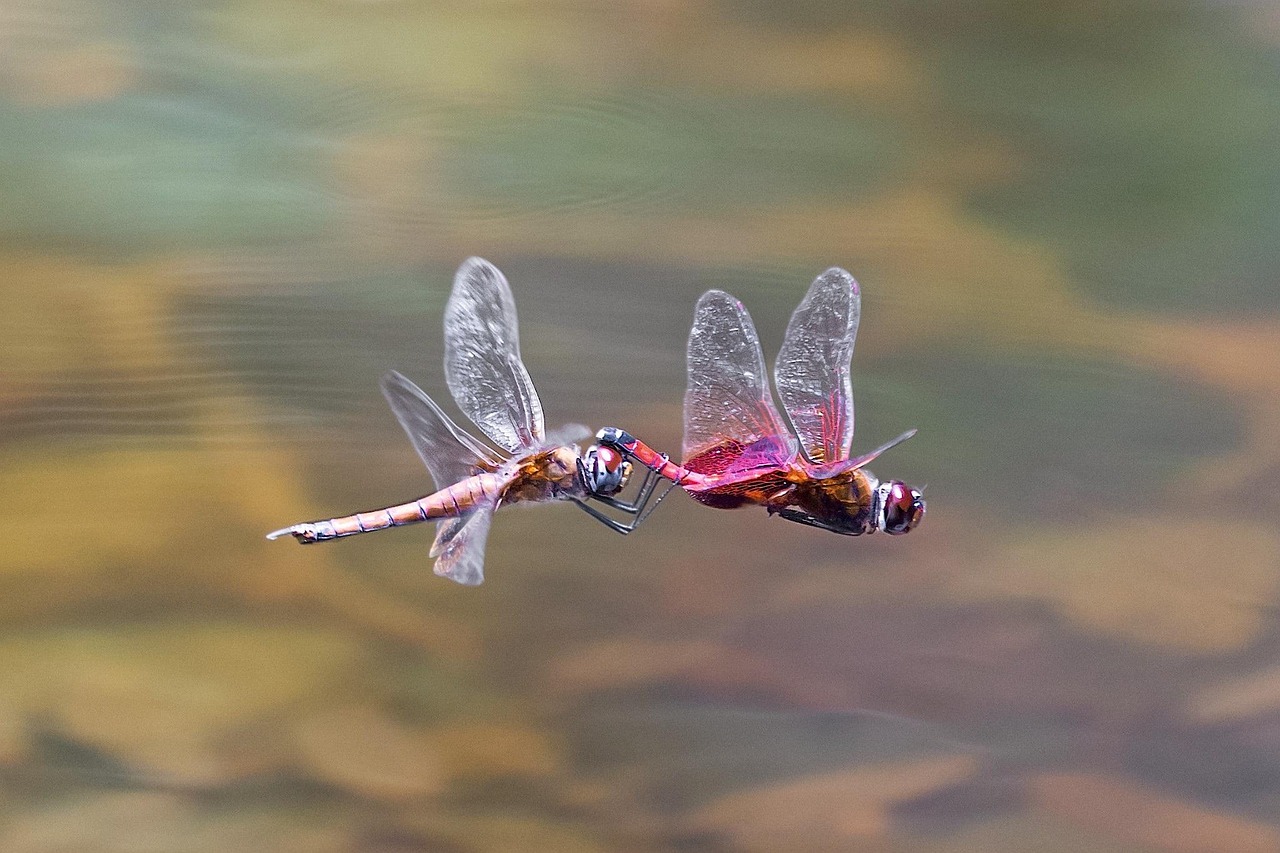
The combination of slow-motion vision and incredible flight control makes dragonflies nature’s fighter pilots. They can perform aerial maneuvers that would make even the most advanced aircraft jealous – sudden stops, reverse flight, and precision hovering that defies physics. Their visual system processes the complex three-dimensional information needed for these acrobatics in real time.
During territorial disputes, male dragonflies engage in aerial dogfights that showcase their visual prowess. They can track each other’s movements with pinpoint accuracy, executing complex flight patterns while maintaining visual contact. What looks like chaotic flying to us is actually a precisely orchestrated dance guided by their superior visual processing.
Territory Patrol and Recognition Systems

Dragonflies use their exceptional vision to establish and defend territories along waterways. They can recognize individual landmarks, remember patrol routes, and identify intruders from remarkable distances. Their visual memory allows them to create detailed mental maps of their territories, noting every rock, plant, and water feature.
Male dragonflies spend hours each day patrolling their territories, using their slow-motion vision to spot potential threats or opportunities. They can distinguish between different species of dragonflies, identifying which ones pose territorial threats and which ones might be potential mates.
Courtship Through Compound Eyes

The mating rituals of dragonflies are visual spectacles that depend entirely on their sophisticated eyesight. Males use specific flight patterns, body positions, and wing movements to communicate with females. These courtship displays are like elaborate sign language performed in three dimensions.
Female dragonflies evaluate potential mates based on their flying ability, which they can assess with incredible precision thanks to their slow-motion vision. A male’s ability to perform complex aerial maneuvers demonstrates his genetic fitness and hunting prowess. It’s a dating game where showing off your flying skills literally determines your reproductive success.
The timing of these courtship displays is critical, and dragonflies’ enhanced time perception allows them to coordinate their movements with split-second precision.
Predator Evasion in Slow Motion

When dragonflies become the hunted rather than the hunter, their slow-motion vision becomes a survival tool. Birds attempting to catch dragonflies often find themselves frustrated by their prey’s seemingly supernatural ability to dodge attacks. From a dragonfly’s perspective, an approaching bird moves predictably slowly, giving them ample time to plan escape routes.
This visual advantage allows dragonflies to execute evasive maneuvers that appear almost magical to observers. They can detect the subtle changes in a bird’s wing position that signal an incoming attack, then adjust their flight path accordingly. It’s like having a early warning system that operates at superhuman speeds.
Navigating the Three-Dimensional World
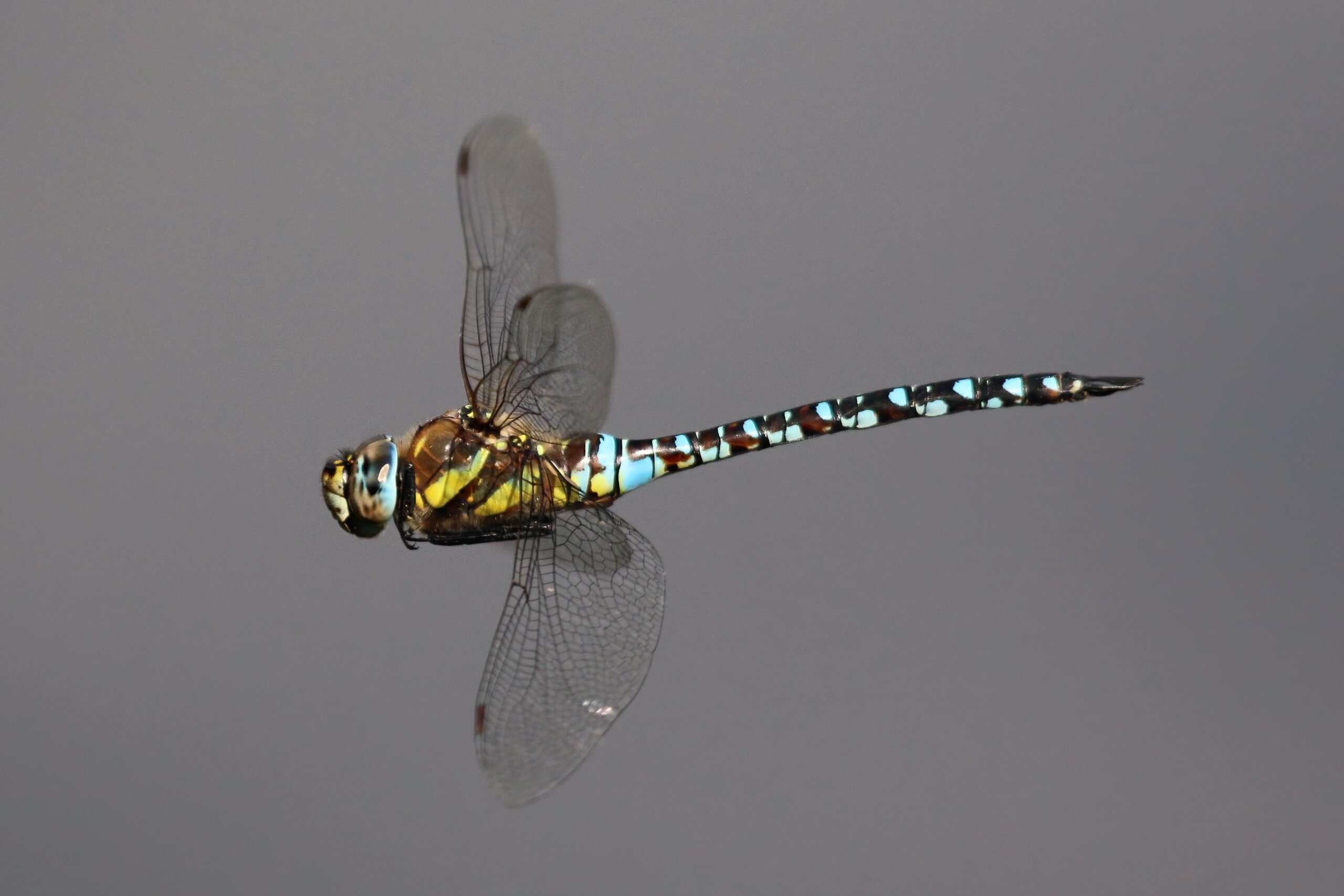
Flying in three dimensions requires constant visual processing and spatial awareness that dragonflies handle effortlessly. Their compound eyes provide detailed depth perception, allowing them to navigate through complex environments like reed beds, forest canopies, and urban landscapes. They can judge distances with remarkable accuracy, whether they’re threading between cattails or avoiding obstacles.
The ability to process visual information from multiple angles simultaneously means dragonflies never lose track of their orientation in space. They maintain perfect spatial awareness even during the most complex flight maneuvers, something that challenges even experienced human pilots.
The Physics of Photoreception
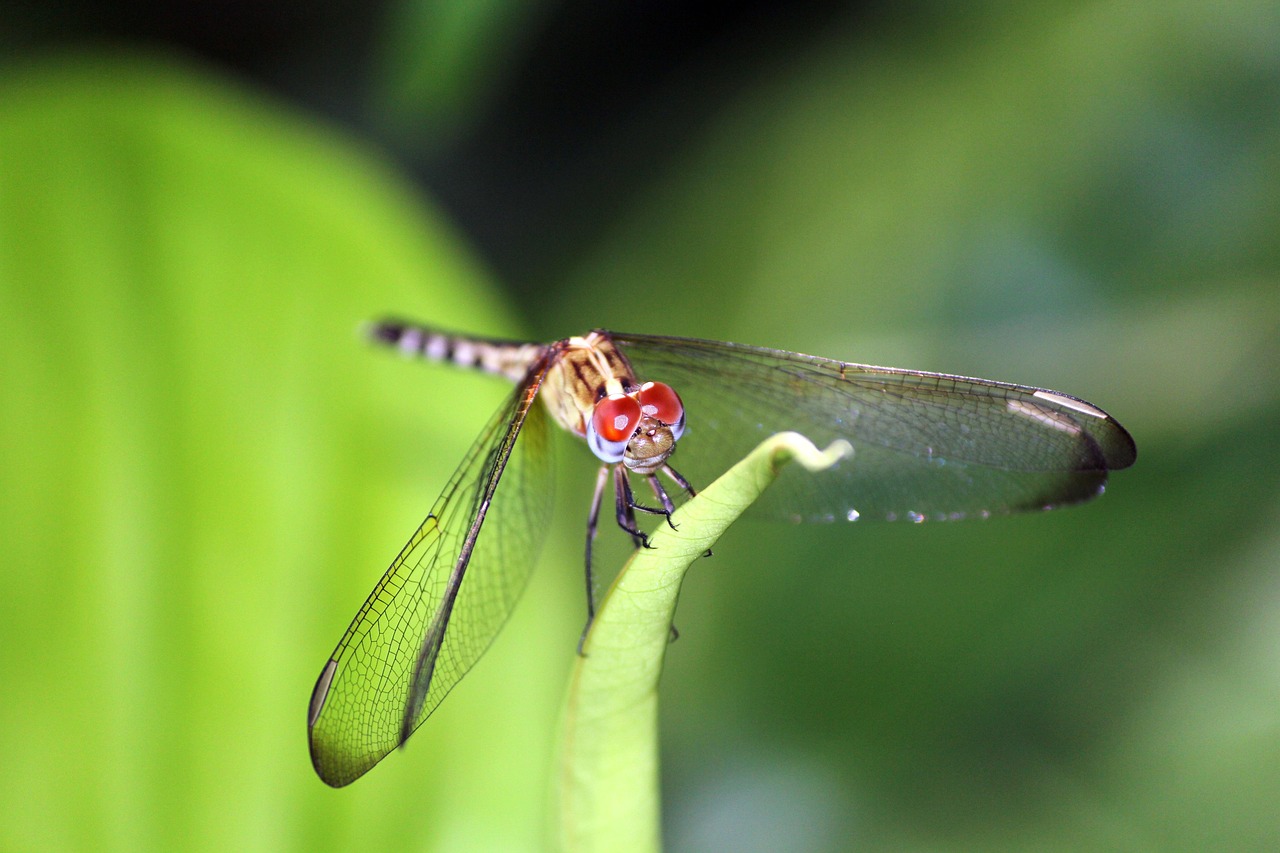
At the cellular level, dragonfly photoreceptors operate like biological fiber optic cables, channeling light with incredible efficiency. Each ommatidium contains specialized cells that convert photons into electrical signals faster than any human-made sensor. This rapid conversion allows for the high-speed visual processing that creates their slow-motion perception.
The neural pathways connecting their eyes to their brain are optimized for speed, with minimal processing delays. Unlike humans, who experience a slight lag between seeing something and processing it, dragonflies have nearly instantaneous visual processing. This gives them a significant advantage in fast-paced aerial environments.
The structure of their photoreceptors also allows them to maintain sharp focus across their entire visual field simultaneously, something impossible with our single-lens eyes.
Environmental Adaptations and Visual Ecology
Different dragonfly species have evolved visual systems adapted to their specific environments and hunting strategies. Species that hunt in dim forest environments have larger eyes with enhanced light-gathering capabilities, while those that patrol open water have eyes optimized for detecting movement against bright backgrounds.
Some dragonflies have developed specialized visual filters that reduce glare from water surfaces, allowing them to spot prey beneath the surface. Others have enhanced sensitivity to specific colors that help them identify their preferred prey species in cluttered environments.
These environmental adaptations demonstrate the incredible flexibility of the compound eye system, with each species fine-tuning their vision for maximum effectiveness in their ecological niche.
Implications for Human Technology
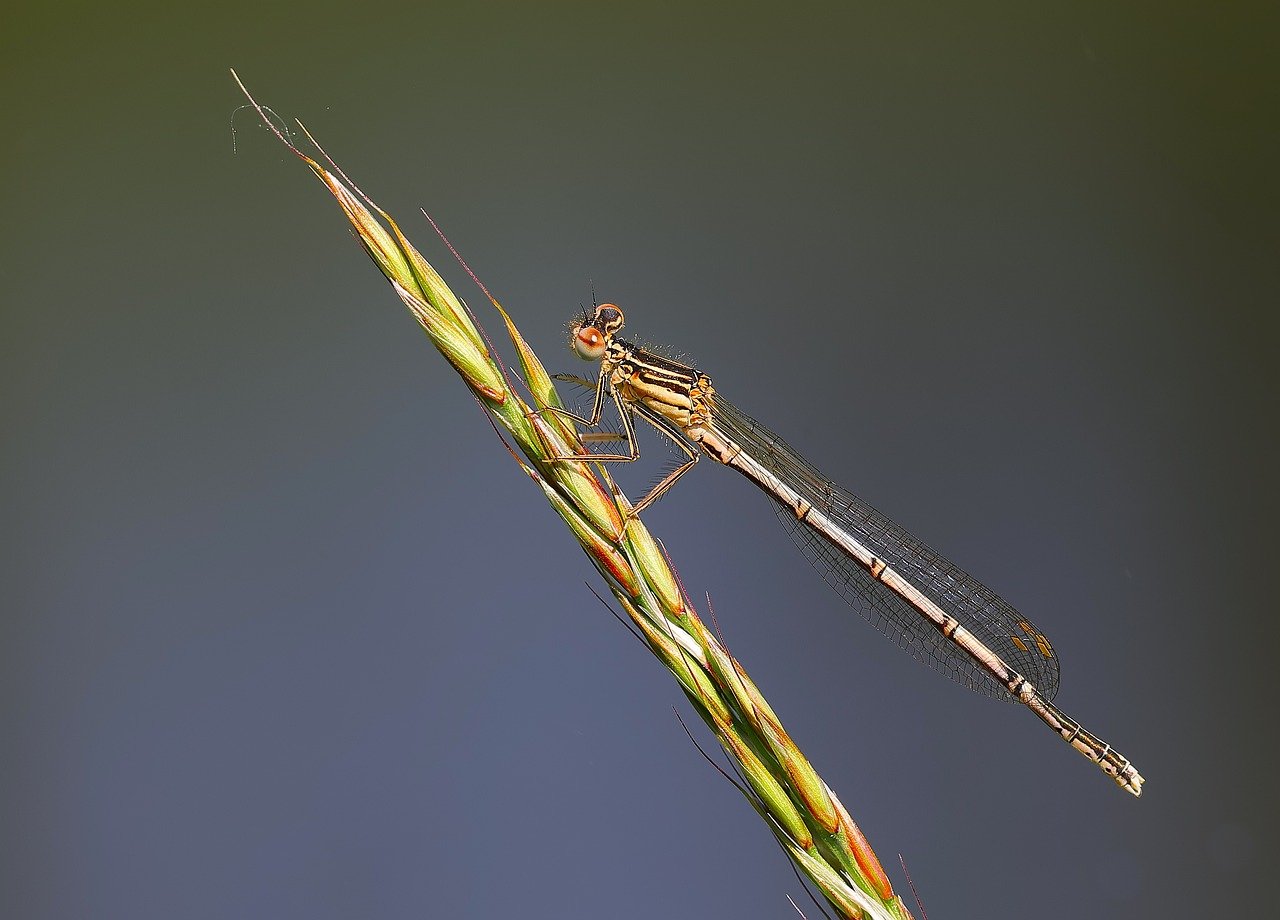
Scientists and engineers are studying dragonfly vision to develop new technologies for autonomous vehicles, surveillance systems, and robotics. The principles behind their motion detection algorithms could revolutionize how machines perceive and react to their environments. Military applications include developing better radar systems and missile guidance technologies based on dragonfly visual processing.
Medical researchers are exploring how dragonfly visual systems might inspire new treatments for human vision disorders. Understanding how compound eyes process information so efficiently could lead to breakthrough technologies for helping people with visual impairments.
The high-speed visual processing capabilities of dragonflies are also inspiring the development of faster computer processors and more efficient artificial intelligence systems.
Conservation and the Future of Dragonfly Vision

As climate change and habitat destruction threaten dragonfly populations worldwide, we risk losing these incredible visual systems before we fully understand them. Many species with unique visual adaptations are already extinct, taking their evolutionary solutions with them. Protecting wetland habitats isn’t just about preserving ecosystems – it’s about safeguarding millions of years of visual evolution.
The loss of dragonfly diversity means losing potential insights into vision, flight control, and neural processing that could benefit human technology and medicine. Each species represents a unique experiment in visual system design, refined over millions of years of evolution.
Conservation efforts focused on protecting dragonfly habitats are investments in both biodiversity and future technological advancement. The next breakthrough in visual technology might come from studying a species that’s currently endangered in a wetland somewhere.
The next time you see a dragonfly hovering over a pond or darting between reeds, remember that you’re witnessing one of nature’s most sophisticated visual systems in action. These ancient insects experience a world where time moves differently, where colors exist beyond our imagination, and where every movement is tracked with precision that rivals our best technology. In a world that often feels like it’s moving too fast, dragonflies remind us that perspective is everything – and sometimes, slowing down reveals the most incredible details of life around us.
